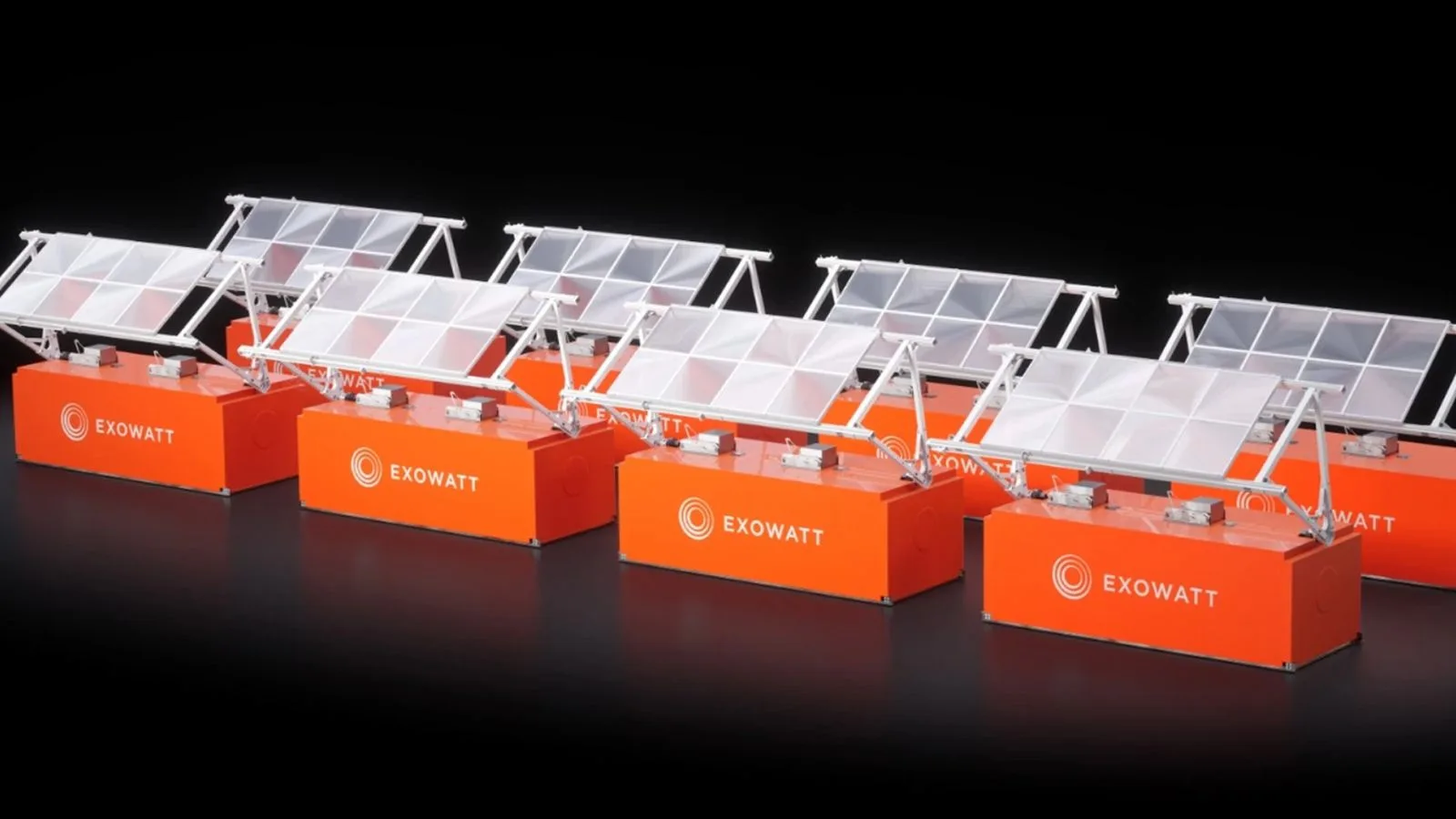AI
Sam Altman-backed Exowatt wants to power AI with hot rocks
What’s in the box: sunlight, rocks, heat, and a physics party.

Just a heads up, if you buy something through our links, we may get a small share of the sale. It’s one of the ways we keep the lights on here. Click here for more.
When Hannan Happi first set out to tackle what people are now calling the “AI power crisis,” that pesky problem where data centers want more electricity than the planet feels comfortable giving, he fixated on a single magic number: one cent per kilowatt-hour.
That’s the kind of price that makes utility executives spit out their coffee.
Happi, co-founder and CEO of Exowatt, says the path there involved piles of sketches and prototypes that looked nothing alike, think less “Apple design iteration” and more “garage inventor energy.”
Every version answered the same obsessive questions: Can this be cheaper? Lighter? Less annoying to maintain?
The company’s first big swing at that dream isn’t a futuristic spaceship-looking device. It’s a box. A big metal one.
Roughly the size of a shipping container, with a transparent awning that makes it look like a greenhouse decided to cosplay as industrial machinery.
Inside, though, is where Exowatt thinks the future of clean energy lives.
The company has quietly raised another $50 million, an extension of its already hefty $70 million Series A from April, TechCrunch learned.
Investors include MVP Ventures, 8090 Industries, and a whole venture capital roll call of acronyms.
Even Sam Altman is in the mix. Happi wasn’t planning to raise more, but, as he puts it, “strong momentum” (people throwing money at them) changed his mind.
So what’s in the box? In short: sunlight, rocks, heat, and a physics party. Each P3 unit uses lenses to focus sunlight into a beam hot enough to warm a proprietary brick.
Blow hot air over it, funnel that heat into a Stirling engine, and boom, electricity. Store more power?
Add more boxes. Need 24/7 juice? These thermal batteries can hold heat for up to five days.
To hit that mythical one-cent milestone, Exowatt needs to manufacture P3 units by the millions.
They already have a backlog of about 10 million units, representing 90 gigawatt-hours of capacity.
Happi argues their small, modular design is the secret sauce missing from past solar-thermal attempts.
Will it work everywhere? No.
Does it need lots of sun and lots of land? Yes.
But fortunately for Exowatt, so do modern data centers, and those are popping up like mushrooms after rain. “We’re not running short of any projects,” Happi says.

































